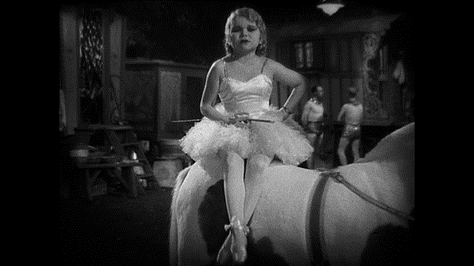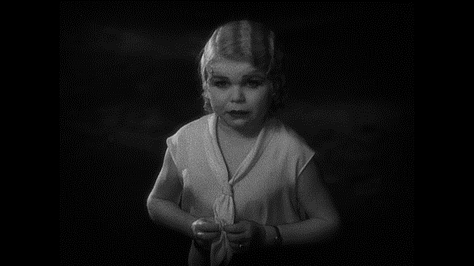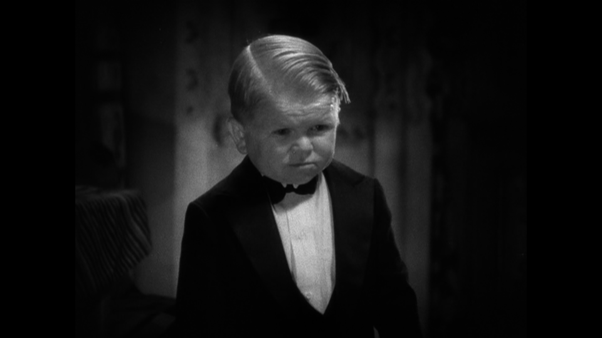A friend and fellow VIP1 recently raised a way AI could be useful for people with reduced vision, namely in providing photo captions. For those unfamiliar, these are text descriptions of the content of images. As a screen reader user, I get them read to me as I go through, normally followed by any caption included. Thus I might hear “Picture may contain a woman with folded hands”, and shortly after, “Angela Merkel making the Merkel-Raute gesture”. The utility is in filling in missing information for those of us who can’t rely on sight to interpret an image.
Facially, that seems like a way to make what I believe is a technology entirely designed to make a class of worker surplus to the requirements of capital useful for those of us who are barely allowed into the workforce. However, given that AI tends not to pick up more obscure nuances (that the woman is Angela Merkel, and that she had a signature hand gesture so beloved it was worked into a tribute teddy bear, say), I don’t think the technology is quite there yet. Until it is, it would be nice if there was an expectation that the publishers create photo labels as part of making every effort to make those of us with dicky eyes able to get the most out of their content.2
So to an actual use case.
The stills from Freaks that I used for the first article were originally compiled for a university assignment. I did this by using the “Print Screen” function to paste images from the DVD into a Word document, along with time codes for future reference.3 Somewhat bafflingly, somewhere along the way, descriptions were generated. I certainly didn’t do this; if I had, I would have given the images another gloss.
Consider these:



On one of the computers I work on, these have been given the alt texts ‘a child on a pony’, ‘a person in a dress’, and ‘a child wearing a dress’. The other computer has the third image as ‘image containing person, young, child’.4
The problem is that it is an image of Daisy Earles, who, according to her article on scholarly journal Wikipedia, was born on April 29th 1907.5 Freaks’ entry on the AFI Catalogue states that the production was ‘completed mid-Dec 1931’6, making her 24 at time of shooting.
The computer is quite simply wrong.
What we have here is a lacuna, or blind spot. The clever tool has, presumably, not encountered enough complete internets worth of data to have met a person with Growth Hormone Deficiency (GHD), a current term for the condition that causes ‘proportionate dwarfism’ or ‘pituitary dwarfism’. Accordingly it has made an inaccurate guess about her age. In other words, the technology is not smart enough to know that a 24 year-old woman can look like that.
It got worse when it came to Hans, though. I cannot find where in the slew of research documents cluttering my hard drives I saved it, or even if I did, but I distinctly remember a picture of Harry Earles being described as ‘a baby in a suit’.
Back to scholarly journal Wikipedia; he was born on April 3rd 19027, so was 29 at time of shooting. Given his character spends the entire movie attempting to show what happens when he tries to show the ‘big people’ that he is ‘a man with the same feelings they have’8, being infantilised by a machine 90-some years later is a bitter irony.
Identifying them as “childlike” also fits into a general narrative of disabled people as incapable burdens. I first clocked that this was a general theme in disability studies while JSTOR-trawling for Tom Shakespeare. In a paper on masculinity and Australian men with disabilities, Tania L. King and others (one of whom is Shakespeare) observe that ‘As men, there is an expectation of strength and masterfulness, but as someone with a disability, there is an expectation of subservience and dependency’9. There is some intersectional work to be done here; identifying ‘greater conformity to Self-Reliance norms and lower conformity to Pursuit of Status, Heterosexual Presentation, and Primacy of Work’ as ‘norms of masculinity viewed as traditional in Western societies’10 might pass descriptively; normatively “good” is another matter. There will be yet more to say about the specific “cuteness” of pituitary dwarfs, and how they were presented as popular entertainment. For now, finding that the hot new technology du jour patronises them by default is not encouraging.
Having macerated in this area for a while, I can anticipate an objection. It did not take much Googling to find a reference to an oft-repeated canard about the Munchkins in a blog from 2014: ‘It is highly unlikely that a grouping of this nature could, or will, ever occur again. […] Because of advances in hormonal treatment, proportionally correct midgets are now very rare, and they may cease to exist in the future.’11 A tech bro looking to optimise resource allocation might therefore ask why they should allot time to amending an oversight about a group of people with a condition that is ‘very rare’ and ‘may cease to exist in the future’. Well, ‘very rare’ is not ‘non-existent’; even if it was, there was a lot of time before the invention of synthetic growth hormone for people to create images of people with GDH that your software might need to describe, not least The Wizard of Oz. Furthermore, the fact the GDH is now treatable does not mean that new cases do not arise; the Cleveland Clinic states the incidence rate as ‘About 1 in 4,000 to 10,000 children’ and ‘approximately 1 in every 10,000 people have adult-onset GHD’12. If I may be allowed the sort of maths that would make More or Less wince, based on an estimated UK population of 60.9 million13, that’s between 6,090 to 15,225 people in England and Wales with the former, and another 6,090 with the latter. It’s not zero. I should know; I am one of them.
References
Cox, Stephen, The Munchkins of Oz (Nashville: Cumberland House, 1996) p. 8, cited in ‘More on the Munchkins’ «https://quillandqwerty.wordpress.com/2014/01/15/more-on-the-munchkins/» [Accessed 11/11/2024]
King, Tania L. and others, Conformity to Masculine Norms: Differences Between Men With and Without a Disability’, Psychology of Men and Masculinities, 21 (2020)
Parker, Claire, ‘German toymaker says goodbye to Merkel with commemorative teddy bear’, Seattle Times, «https://www.seattletimes.com/nation-world/german-toymaker-says-goodbye-to-merkel-with-commemorative-teddy-bear/» [Accessed 10/11/2024]
‘Daisy Earles’ «https://en.wikipedia.org/wiki/Daisy_Earles» [Accessed 10/11/2024]
‘Freaks’, AFI Catalog of Feature Films, «https://catalog.afi.com/Catalog/moviedetails/3996» [Accessed 10/11/2024]
‘Population estimates for England and Wales: mid-2023’, ONS «https://www.ons.gov.uk/peoplepopulationandcommunity/populationandmigration/populationestimates/bulletins/populationestimatesforenglandandwales/mid2023» [Accessed 11/11/2024]
‘The Doll Family’, Wikipedia «https://en.wikipedia.org/wiki/The_Doll_Family» [Accessed 11/11/2024]
Visually Impaired Person. I may at some point have to start a crib sheet.
I apologise for my failure to provide accurate photo captions on the first post. I will work to remedy this lamentable situation, or at the very least it will go on the list.
If there is a more streamlined way of doing all that, let me know; I am a PEBCAK at heart, I am afraid.
That there are different descriptions across my devices is confusing and perhaps revealing; it suggests that this is a process taking place each time the image is accessed. As a PICNIC, though, I cannot state anything about the mechanics with confidence.
‘Daisy Earles’ «https://en.wikipedia.org/wiki/Daisy_Earles» [Accessed 10/11/2024]
‘Freaks’, AFI Catalog of Feature Films, «https://catalog.afi.com/Catalog/moviedetails/3996» [Accessed 10/11/2024]
‘The Doll Family’, Wikipedia «https://en.wikipedia.org/wiki/The_Doll_Family» [Accessed 11/11/2024]
‘Freaks’ «https://www.scripts.com/script/freaks_8541»
Tania L. King and others, Conformity to Masculine Norms: Differences Between Men With and Without a Disability’, Psychology of Men and Masculinities, 21 (2020), p. 381
King and others, p. 380
Stephen Cox, The Munchkins of Oz (Nashville: Cumberland House, 1996) p. 8, cited in ‘More on the Munchkins’ «https://quillandqwerty.wordpress.com/2014/01/15/more-on-the-munchkins/» [Accessed 11/11/2024]
‘Growth Hormone Deficiency (GHD)’, Cleveland Clinic «https://my.clevelandclinic.org/health/diseases/23343-growth-hormone-deficiency-ghd» [Accessed 10/11/2024]
‘Population estimates for England and Wales: mid-2023’, ONS «https://www.ons.gov.uk/peoplepopulationandcommunity/populationandmigration/populationestimates/bulletins/populationestimatesforenglandandwales/mid2023» [Accessed 11/11/2024]




